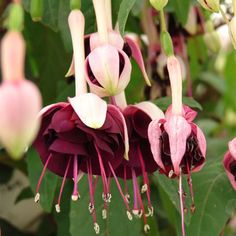This is a classic Hollywood musical, and the film that introduced the world to Debbie Reynolds. Yet it has a fascinating plot and some wonderful set pieces which seem to get pushed aside in favour of it’s better known numbers – “Broadway Melody” and “Good Morning” being just two of my favourites.
Gene Kelly plays Don Lockwood, a silent movie star alongside Lena Lamont (played wonderfully by Jean Hagan), and whom the studio’s publicity department are desperately trying to link romantically. Lamont believes the hype, Lockwood doesn’t. But things change drastically for the stars and the studio with the advent of talking pictures and the realisation that “The Jazz Singer” is a real hit, rather than a novelty. Technology – and the movies themselves – must change if they are to keep up. Don and Lena find themselves facing their first flop. And this is the central story of the entire film.
The development of the talkie is possibly the most fundamental change in the history of cinema (apart from possibly the development of colour film). Many silent film stars found that they simply couldn’t make the transition into the new medium and their careers ended very suddenly. I admit I wonder how many of them had voices to rival Lena Lamont’s, but if truth be told, a strong Brooklyn accent didn’t seem to do Al Jolson any harm.
About a quarter of the way into the film, there is a wonderful montage where the viewer is given a look at what would have then been the very height of fashion in the mid-1920s; it is a sequence where the studio is experimenting with different types of talking picture to see what they can get to work. This sequence is where we are reintroduced to Debbie Reynolds’ character, Cathy Seldon, as she forms part of the chorus for the number. As a whistle-stop tour through contemporary fashion, one could do a lot worse – the outfits are stunning, even though nobody wears furs any more.
In comparison, Cathy’s more everyday dresses featuring dropped waists and pleated skirts seem dull, but they were essential for many young women of the era. It is exactly the kind of thing they would have worn, right down to the low heeled shoes with cross straps (to stop them falling off while dancing), plain raincoats and cloche hats. If I’m honest, I will admit to spending as much time dreaming about the clothes as I do singing along to the soundtrack. Doesn’t everyone?












